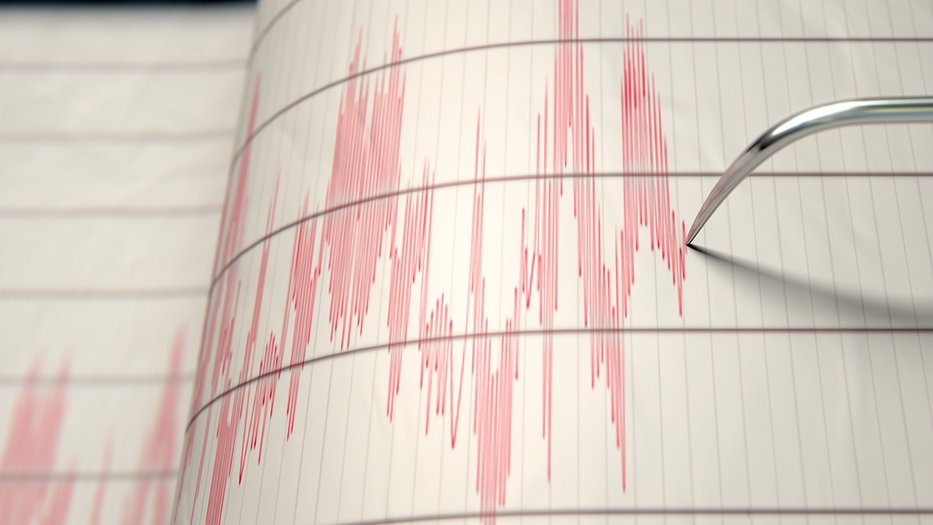The ground shook, and so did the nerves of thousands of Americans recently when a significant earthquake rattled parts of the United States. But what really sent alarm bells ringing wasn’t just the tremor—it was what might come next. As seismic instruments recorded the quake’s magnitude, scientists turned their attention to an ominous threat looming beneath the surface: Mount Spurr, a potentially deadly volcano in Alaska, might be waking up. The news has stirred anxiety among residents and experts alike, reigniting fears of a possible eruption with wide-reaching consequences.
Earthquakes are nothing new to geologically active regions like Alaska, but when they cluster near dormant volcanoes, the stakes get higher. Mount Spurr, located just 80 miles from Anchorage, has been quiet for decades. But that silence might now be broken. Reports from the Alaska Volcano Observatory (AVO) suggest an increase in volcanic gases and ground deformation—classic signs that magma may be moving underground.
So, what does all this mean? Could we be on the brink of a major volcanic eruption? What happens if Mount Spurr blows? And are other volcanoes across the country stirring as well? In this in-depth article, we’re breaking down what’s happening, what experts are saying, and how you can stay prepared.
The Earthquake That Triggered Alarms
It started with a jolt—a magnitude 5.3 earthquake that hit just west of Anchorage. While not devastating in isolation, this tremor was far from ordinary. The quake struck close to the volcanic Mount Spurr, prompting volcanologists to take a closer look. As data poured in from seismic stations, it became clear that this was not just another routine earthquake. Instead, it signaled a possible volcanic awakening.
Earthquakes near volcanoes often occur when magma rises through the Earth’s crust, fracturing rock and creating pressure. The Alaska Volcano Observatory reported an increase in both the frequency and intensity of earthquakes in the region following the initial tremor. These “volcano-tectonic” quakes are often the precursors to an eruption, caused by shifting magma or the collapse of underground chambers.
But what raised more eyebrows was the timing. In the days following the earthquake, aerial observations and satellite imagery revealed something even more concerning—a significant increase in volcanic gas emissions from Mount Spurr’s summit. Combine that with noticeable swelling of the ground surface (ground deformation), and you’ve got a cocktail of classic pre-eruption indicators.
Scientists don’t predict eruptions on a whim. It takes a consistent pattern of warning signs, and unfortunately, those signs seem to be stacking up. With each aftershock and new gas plume, the possibility of an eruption grows more real.



